Chart of the week: Sweden's high cost of negative interest rates
Sweden's Riksbank, pioneered the use of negative interest rates after the financial crisis. But its drastic action has driven private debt in Sweden to extraordinary heights.
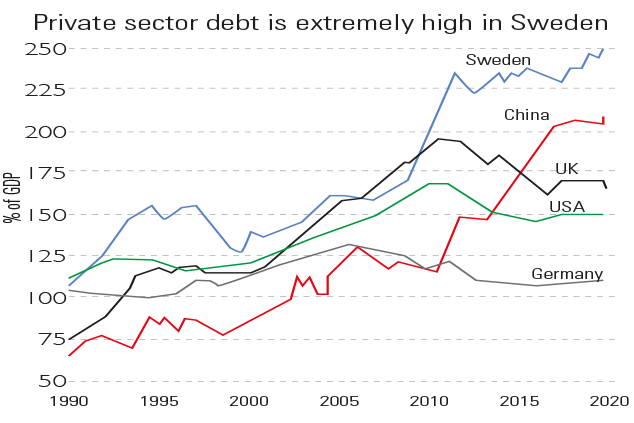
The Swedish central bank, the Riksbank, "pioneered" the use of negative interest rates after the financial crisis, charging banks for keeping excess reserves with it from as early as 2009. In early 2015, it cut its main policy rate, which eventually sunk as low as 0.5%. The bank's goal was to prevent the Swedish krona from becoming too strong, thus hurting growth. But its drastic action also fuelled a housing bubble, which has driven private debt in Sweden to extraordinary heights, as the chart shows. As a result, the bank is changing course rates are now at 0.25% and it hopes to raise them to 0% in December. "Investors should take note," says Nick Andrews of Gavekal. "The Swedish canary may be signalling a shift in attitudes to negative rates."
Viewpoint
Jupiter's John Chatfeild-Roberts, quoted in Citywire, on why the fund group sold out of Neil Woodford's fund by late 2017
Subscribe to MoneyWeek
Subscribe to MoneyWeek today and get your first six magazine issues absolutely FREE

Sign up to Money Morning
Don't miss the latest investment and personal finances news, market analysis, plus money-saving tips with our free twice-daily newsletter
Don't miss the latest investment and personal finances news, market analysis, plus money-saving tips with our free twice-daily newsletter
Get the latest financial news, insights and expert analysis from our award-winning MoneyWeek team, to help you understand what really matters when it comes to your finances.
MoneyWeek is written by a team of experienced and award-winning journalists, plus expert columnists. As well as daily digital news and features, MoneyWeek also publishes a weekly magazine, covering investing and personal finance. From share tips, pensions, gold to practical investment tips - we provide a round-up to help you make money and keep it.
-
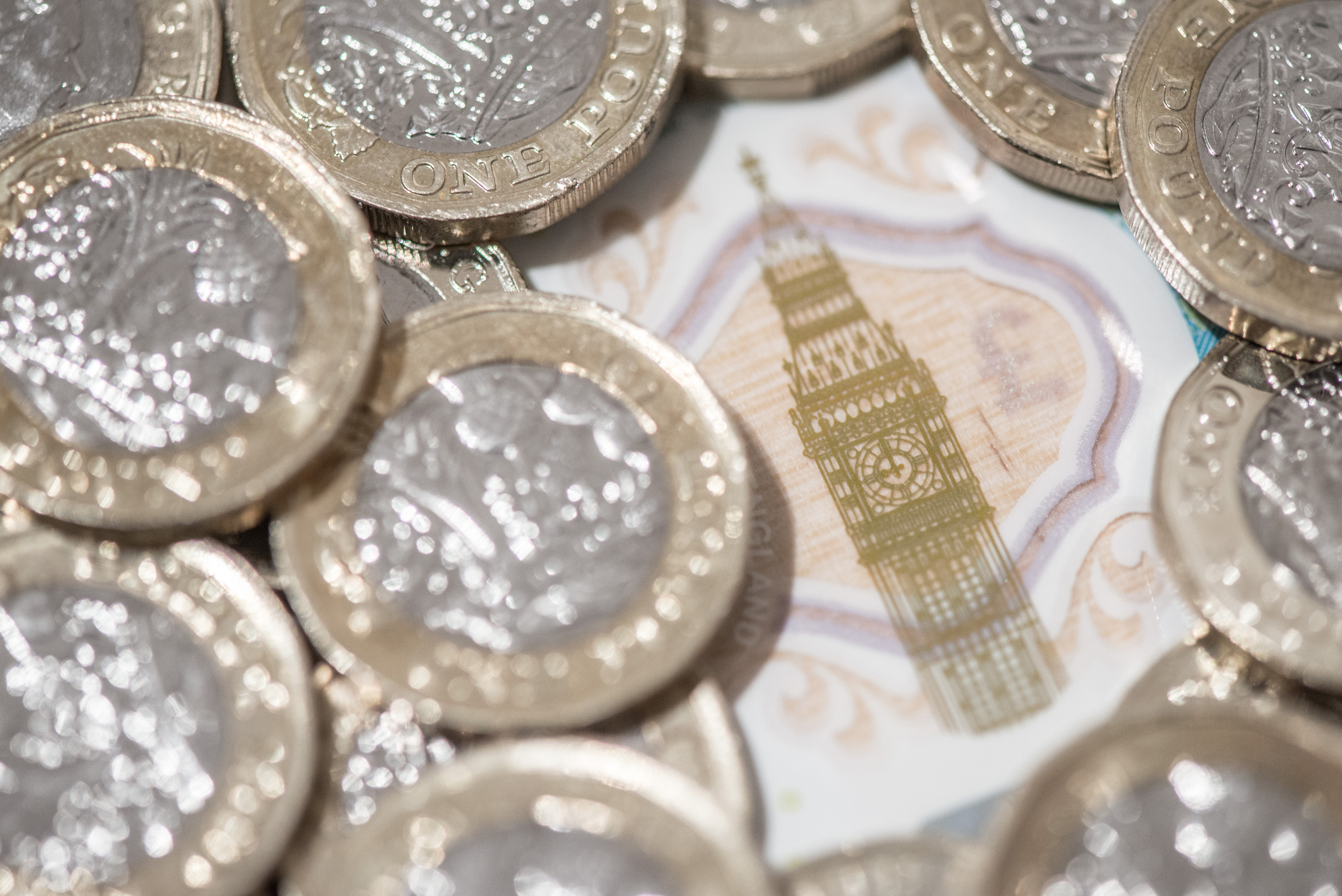 Average earnings by region – how does your income compare?
Average earnings by region – how does your income compare?There are significant regional differences when it comes to how much the average worker earns. We explore the data and reveal where in the UK average earnings are highest.
-
 St James’s Place confirms new fees – what it means for customers
St James’s Place confirms new fees – what it means for customersThe UK’s largest wealth manager is replacing its “opaque” and “complex” pricing structure. We explain the new charges, and when they will kick in
-
 The charts that matter: bond yields and US dollar continue to climb
The charts that matter: bond yields and US dollar continue to climbCharts The US dollar and government bond yields around the world continued to climb. Here’s what happened to the charts that matter most to the global economy.
-
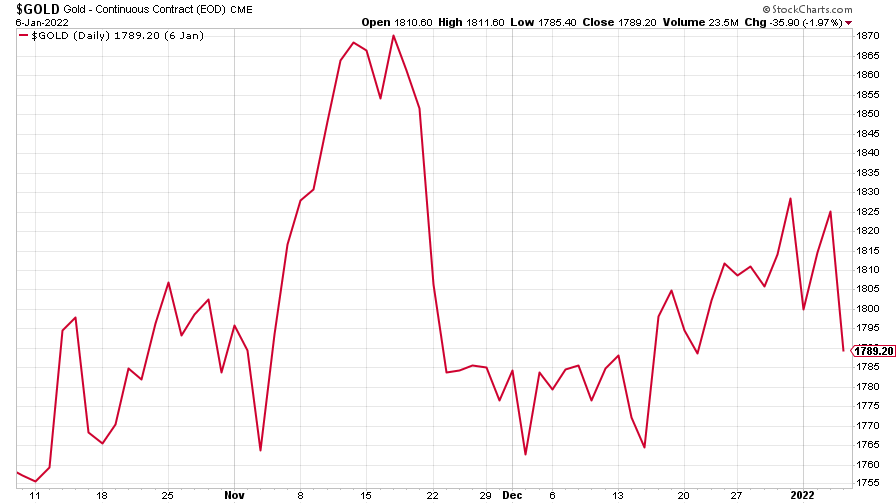 The charts that matter: markets start the year with a crash
The charts that matter: markets start the year with a crashCharts As markets start 2022 with a big selloff, here’s what happened to the charts that matter most to the global economy.
-
 The charts that matter: Fed becomes more hawkish
The charts that matter: Fed becomes more hawkishCharts Gold rose meanwhile the US dollar fell after a key Fed meeting. Here’s what else happened to the charts that matter most to the global economy.
-
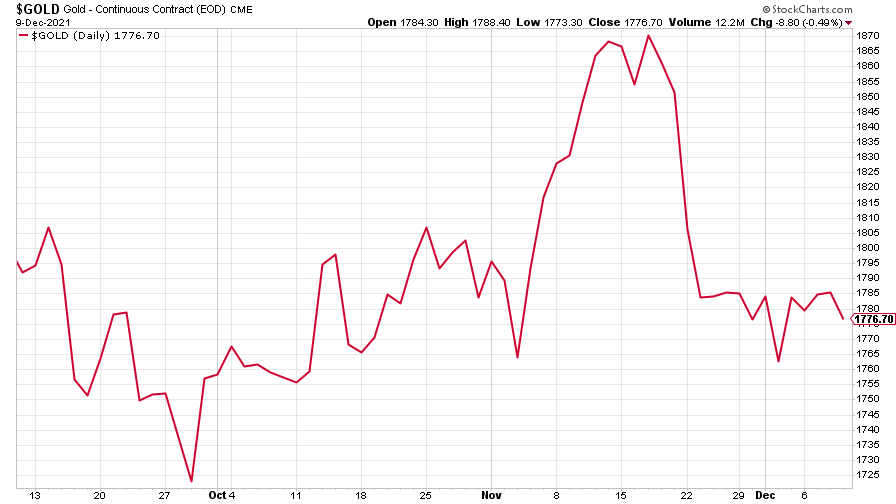 The charts that matter: a tough week for bitcoin
The charts that matter: a tough week for bitcoinCharts Cryptocurrency bitcoin slid by some 20% this week. Here’s what else happened to the charts that matter most to the global economy.
-
 The charts that matter: omicron rattles markets
The charts that matter: omicron rattles marketsCharts Markets were rattled by the emergence of a new strain of Covid-19. Here’s how it has affected the charts that matter most to the global economy.
-
 The charts that matter: the US dollar keeps on strengthening
The charts that matter: the US dollar keeps on strengtheningCharts The US dollar saw further rises this week as gold and cryptocurrencies sold off. Here’s how that has affected the charts that matter most to the global economy.
-
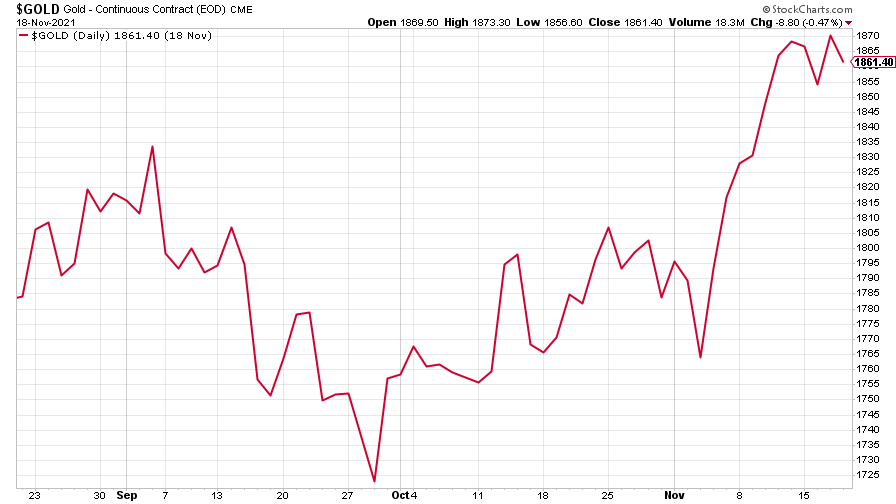 The charts that matter: gold hangs on to gains while the dollar continues higher
The charts that matter: gold hangs on to gains while the dollar continues higherCharts The gold price continued to hang on to last week’s gains, even as the US dollar powered higher this week. Here’s how that has affected the charts that matter most to the global economy.
-
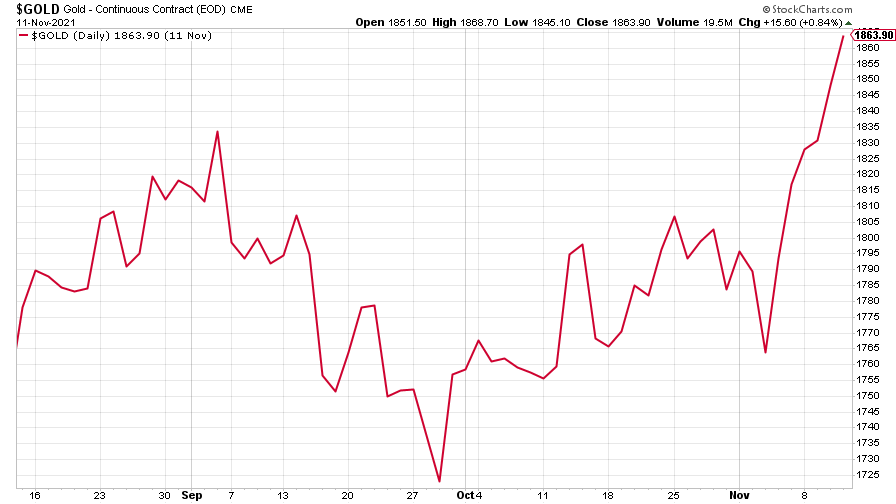 The charts that matter: inflation fears give gold a much needed boost
The charts that matter: inflation fears give gold a much needed boostCharts US inflation hit its highest in 30 years this week, driving gold and bitcoin to new highs. Here’s how that has affected the charts that matter most to the global economy.

